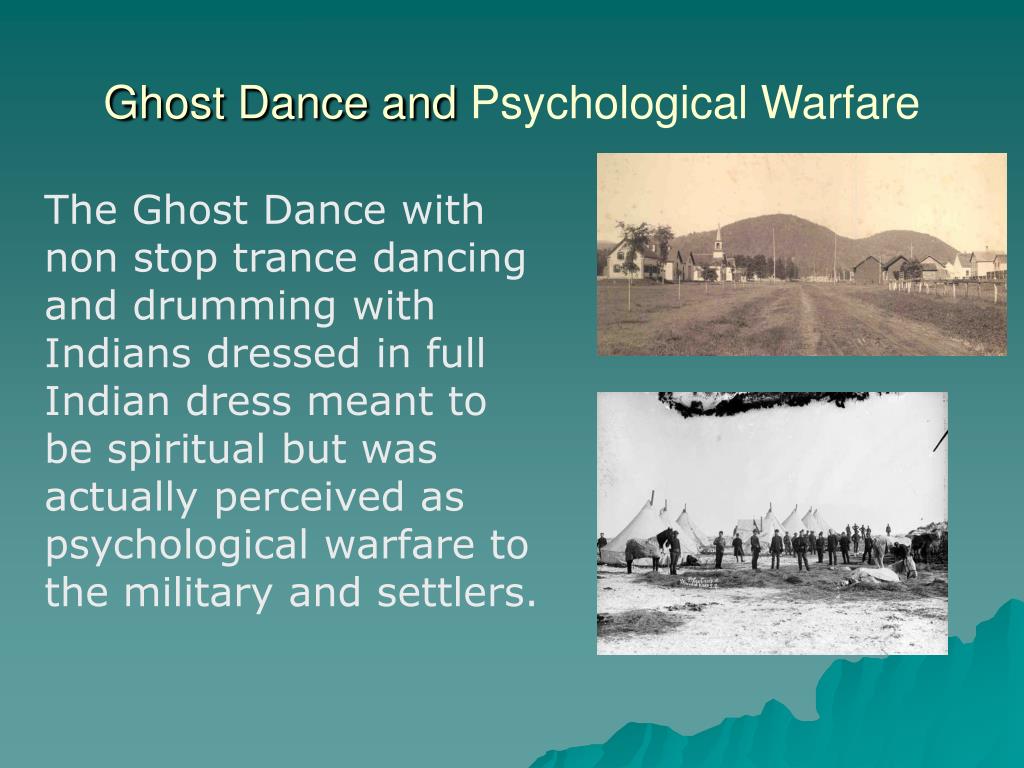

Fancy dancers are the most common scene in public exhibitions today and the dance has also become a competitive sport. Beaded cuffs, chokers, earrings, bracelets, and eagle plumes are also worn. Clothes are also decorated with fringe, feathers, embroidery or ribbon work, and other rich designs. Dancing regalia includes brightly colored feather bustles and headwear, beaded bodices, leggings, shawls, and moccasins. The dance is fast-paced, colorful, and highly energetic, often including tricks and extremely athletic movements. In the late 1930s, women also began to perform in the Fancy Dance These became an important source of revenue during the Great Depression. In the 1930s, the Kiowa and Comanche created new styles of dance regalia that was incorporated into the Fancy Dance.Įven before the Fancy Dance was established, an intertribal Pow-Wow circuit had already been organized where various tribes held dance contests. Within no time, other tribes continued the practice and created new dances that could legally be danced in public. Two young Ponca boys are specifically credited with developing the fast-paced dance that the audiences loved and the Ponca Tribe soon built their own dance arena in White Eagle, Oklahoma.

However, this dance, loosely based on the traditional War Dance, was considered appropriate to be performed for visitors on reservations and at “Wild West” shows. Traditional dances went “underground,” to avoid government detection. At this time, Native American religious dances were outlawed by the United States and Canadian governments. Not a historical dance tradition of any tribe, the Fancy Dance was created by members of the Ponca tribe in the 1920s and 1930s, in an attempt to preserve their culture and religion. However, from tribe to tribe, each had its own distinct ceremonies and songs, to which additions were made from time to time. Other dances, such as the Cree Dance, Gourd Dance, and horseback dances also had associations. Members of some of these associations were often known to have helped the poor and practice acts of self-denial. Some of the dancers wore large feather bustles, called crow belts, and a peculiar roached headdress made of hair. Meetings of these associations were held at night in large circular wooden buildings erected for that purpose. Later, the Blackfoot carried the dance to the Flathead and Kootenai tribes to the west. The Sioux, in turn, shared it with the Arapaho and Gros Ventre, who taught it to the Blackfoot. Its regalia is thought to have originated with the Pawnee, who taught the dance to the Dakota Sioux in about 1870. One of the best-known examples of the Plains Indians was the Omaha or Grass Dance which was also practiced by the Arapaho, Pawnee, Omaha, Dakota, Crow, Gros Ventre, Assiniboin, and Blackfoot. There were a number of semi-religious festivals or ceremonies in which a large number of individuals participated which were handed from one tribe to another.

This list of dances is far from all-encompassing, as there were literally hundreds of dances and variations across the continent. Depending upon the dance, sometimes visitors are welcomed while, at other times, the ceremonies are private. The dances are regionally or tribally specific and the singers usually perform in their native languages. In addition to public dances, there were also private and semi-public dances for healing, prayer, initiation, storytelling, and courting.ĭance continues to be an important part of Native American culture. Participants might include the entire tribe, or would specific to men, women, or families. Some dances included solos, while others included songs with a leader and chorus. Many tribes danced only to the sound of a drum and their own voices while others incorporated bells and rattles. Sometimes a leader was chosen, on others, a specific individual, such as a war leader or medicine man would lead the dance. Movements of the participants illustrated the purpose of the dance - expressing prayer, victory, thanks, mythology, and more.

Many dances played a vital role in religious rituals and other ceremonies while others were held to guarantee the success of hunts, harvests, giving thanks, and other celebrations.Ĭommonly, dances were held in a large structure or in an open field around a fire. Dances have always been significant in the lives of Native Americans as both a common amusement and a solemn duty.


 0 kommentar(er)
0 kommentar(er)
